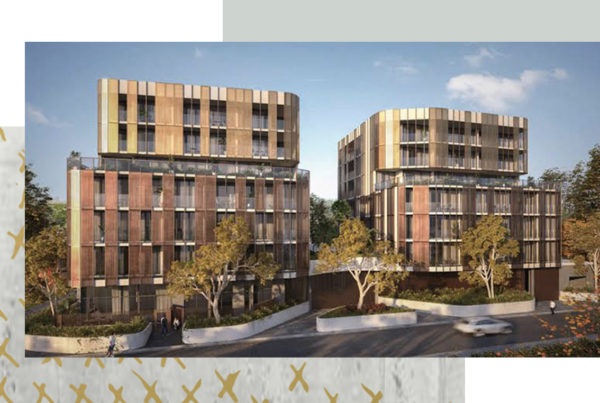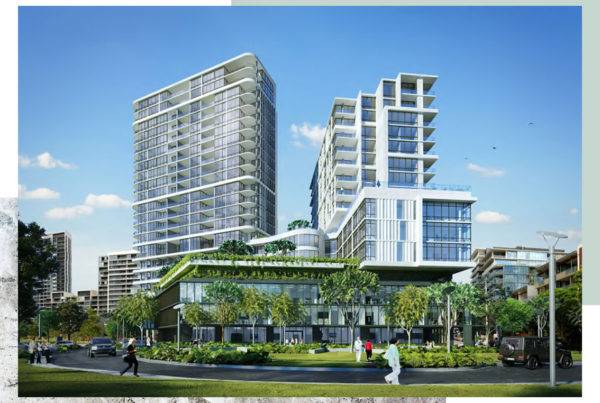
Following the State Government’s decision in May 2019 to reject Brisbane City Council’s Temporary Local Planning Instrument (TLPI) banning townhouses and apartments in low density residential areas, Brisbane City Council recently released the following amendments package on public display:
- Major Amendment Package H which aims to restrict townhouses from single-home areas; and
- Major Amendment Package J which seeks to increase car parking for suburban multiple dwellings.
Background
The proposed amendments are Council set deliverables from Brisbane’s Future Blueprint, which Council released in June 2018 on the back of its “Plan your Brisbane” campaign. This campaign saw 114,447 residents “have their say” on the future of Brisbane as Council plans how to accommodate an extra 386,000 residents by 2041.
As we explained on our blog in April 2019, Council’s Future Blueprint features eight (8) principles and 40 actions to guide the future planning of Brisbane with one of the key principles being, to “protect the Brisbane backyard and our unique character”. To do this, Council set as its key action item to “stop townhouses and apartments being built in areas for single homes” and to only allow them on appropriately zoned land, specifically identifying this as medium density residential zoned land.
Current State of Play
To understand the impact of the proposed changes, it is important to understand the current state of play. The Brisbane City Plan 2014 currently:
- supports Multiple dwelling developments on land located in the Low-density residential zone where they:
- comprise a minimum area of 3,000m2
- are conveniently located near shops, public transport and other community facilities
- have sufficient infrastructure capacity
- comply with specific design requirements (i.e. not vertically stacked in an apartment form, apply rear setback requirements to side boundaries)
- requires Multiple dwelling developments (outside the City Core & Frame) to provide for the following car parking:
- 1 space per 1-bedroom dwelling
- 1.25 spaces per 2-bedroom dwelling
- 1.5 spaces per 3 or more-bedroom dwelling
- 0.15 space per dwelling for visitor parking,
unless they are within 400m walking distance of a dedicated public pedestrian access point of a major public transport interchange, where the rates are then reduced to:
- 0.9 space per 1-bedroom dwelling
- 1.1 spaces per 2-bedroom dwelling
- 1.3 spaces per 3 or more-bedroom dwelling
- 0.15 space per dwelling for visitor parking.
Review of Major Amendment Package H
In essence, Major Amendment Package H removes all provisions from the Strategic framework, Low density residential zone code, the Multiple dwelling code and various Neighbourhood plan codes which support townhouses on Low density residential zoned land.
Council claim this change is necessary to respond to the community who have overwhelming voiced they do not want townhouses in the middle and outer suburbs of Brisbane. While, we would not argue there are a number of residents who do not support townhouses in these areas, we strongly believe they are the minority and perhaps do not understand the real need and benefits of townhouses in our City.
Further, when reviewing submissions received on a townhouse development on Low density residential zoned land, it is clear the community’s key concerns usually surround design, car parking and traffic. The proposed blanket ban would be a major step backwards. The removal of this more affordable product would prevent first-home buyers, young families, empty nesters and retirees looking to downsize from being able to stay in the suburbs they grew up or raised families in, displacing them further out (and potentially out of the Local government area) or out of the home ownership market (and Australian dream) altogether.
If Council are truly concerned about the community’s concerns, they should be focusing on how they can ensure housing choice and mix while also improving:
- the design of these developments (while also not compromising their affordability); and
- their proximity to public and active transport opportunities to reduce residents’ reliance on cars.
Review of Major Amendment Package J
While cities around the world and here in Australia like Melbourne, move to reduce car ownership by adopting progressive policy changes which respond to advancements in technology and remove minimum car parking requirements, Brisbane City Council via this amendment, are doing the exact opposite. This amendment seeks remove the dispensation for Multiple dwellings within 400m of major public transport interchange and increase the number of car parks required to be provided in all Multiple dwelling developments outside the inner city to:
- 1 space per 1-bedroom dwelling
- 2 spaces per 2-bedroom dwelling (0.75 increase)
- 2 spaces per 3-bedroom dwelling (0.5 increase)
- 2.5 spaces per 4 or more-bedroom dwelling
- 0.25 space per dwelling for visitor parking (0.1 increase).
This not only exceeds the requirements for 2+ bedrooms under the former Brisbane City Plan 2000 (long before current advancements in technology), it also directly conflicts with Council’s Transport Plan for Brisbane – Strategic Directions released at the end of 2018 which specifically seeks to encourage a reduction in private car travel (and consequently ownership) to:
- reduce carbon emissions and create a clean, green sustainable city.
- alleviate road congestion as more than 188,200 additional dwellings are delivered in the Brisbane LGA and the total number of trips to Brisbane more than doubles to 516,000 trips per day by 2041.
While we understand some residents are concerned about the availability of on-street car parking and the development of townhouses and/or apartments contributing to local street congestion, the proposed increase is in our opinion, a short-term band-aid solution which will have adverse impacts on affordability (as it will reduce yield on a site and / or require basement car parks on larger scale apartment complexes) and, will further encourage car ownership and thereby continue to increase carbon emissions and road congestion. We implore Council to leave the car parking rates as is and instead focus on providing and promoting alternative modes of transportation which will in the long-term sustainably ease community’s concerns.
Take Action
We encourage all developers and residents to review the proposed changes and make a submissionto Council objecting to this two (2) major policy changes which will have devasting effects on the fabric and affordability of our City.
Submissions are open until 5pm Monday 26 August 2019. If you require any assistance in doing so or identifying if it affects your, please do not hesitate to get in contact with us today on 0401 349 601 or hello@hickeyoatley.com.au.
Image: One Bulimba Riverfront townhouses by Hayes Anderson Lynch Architects , Edits: Rhiannon Smit



